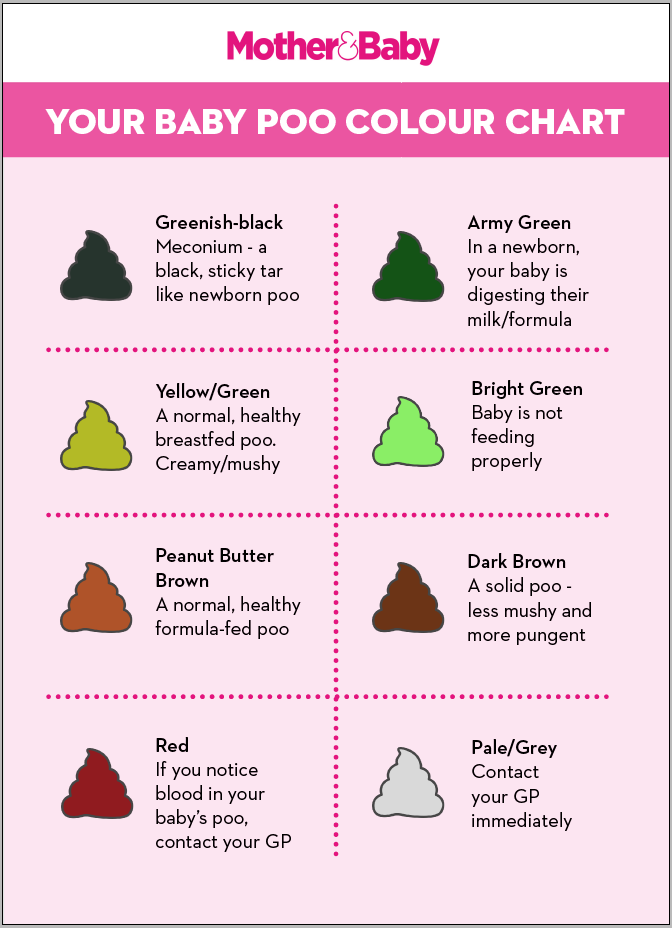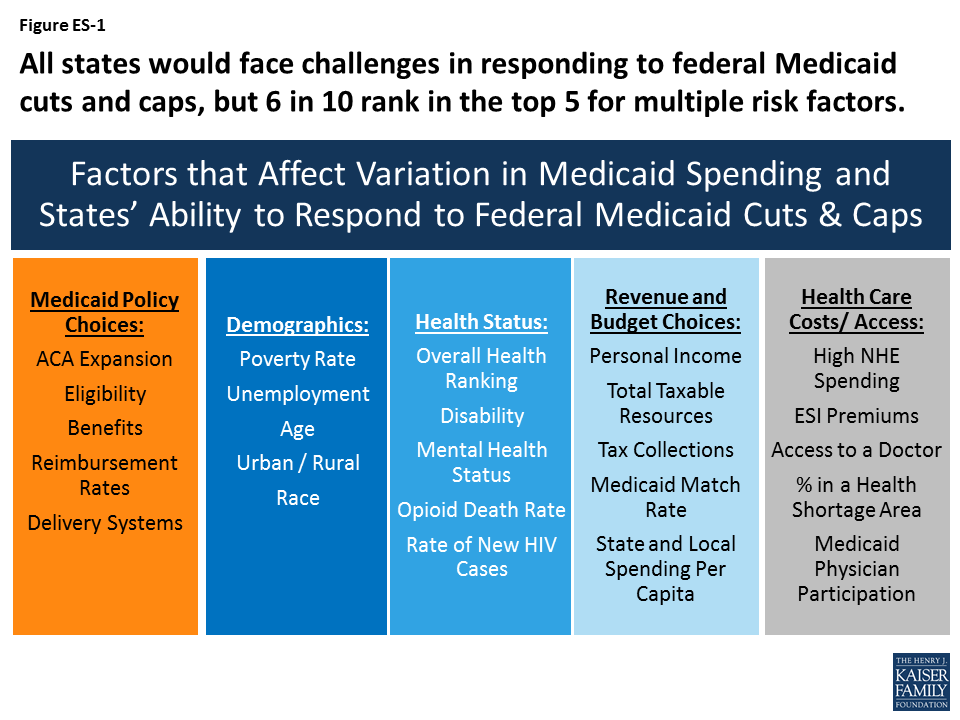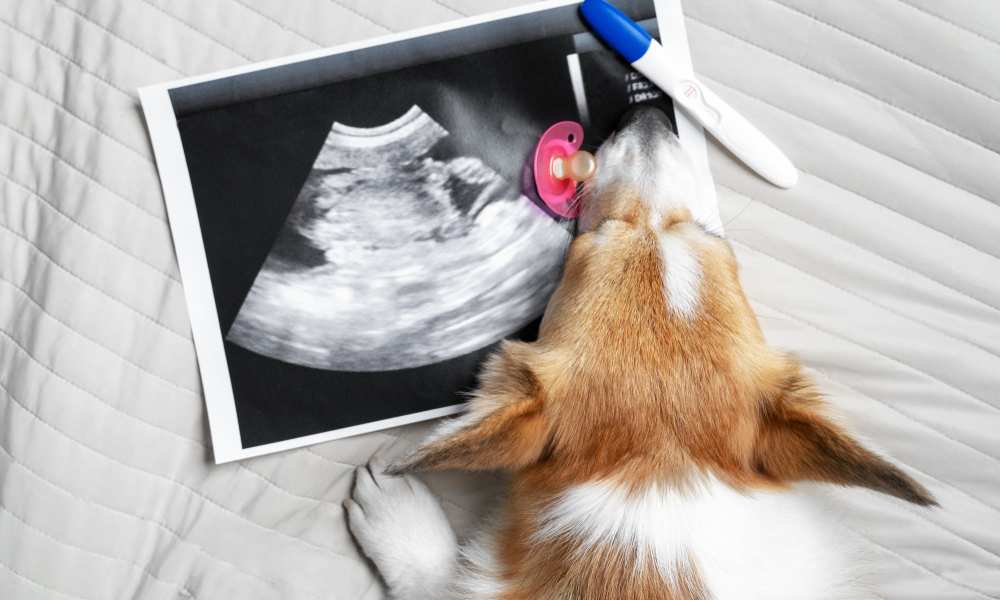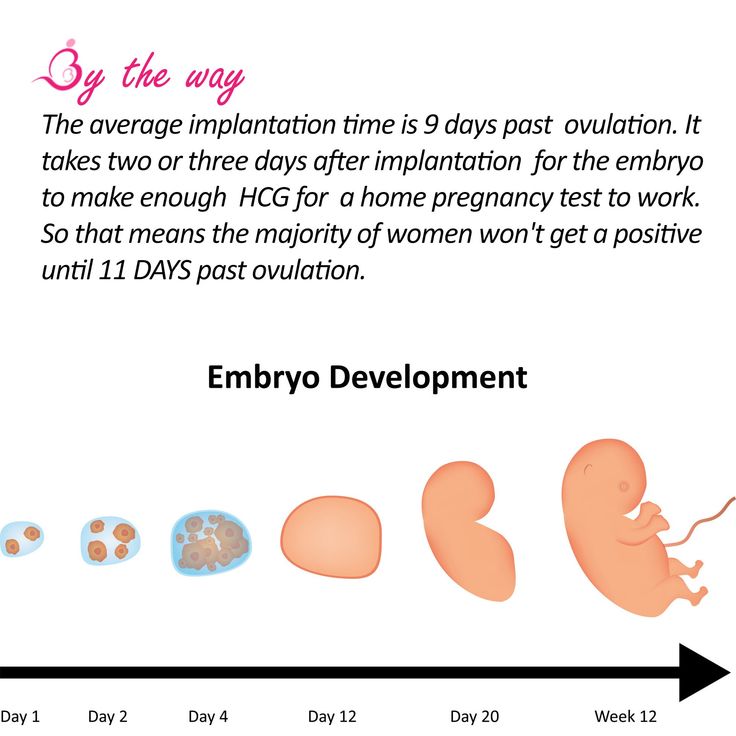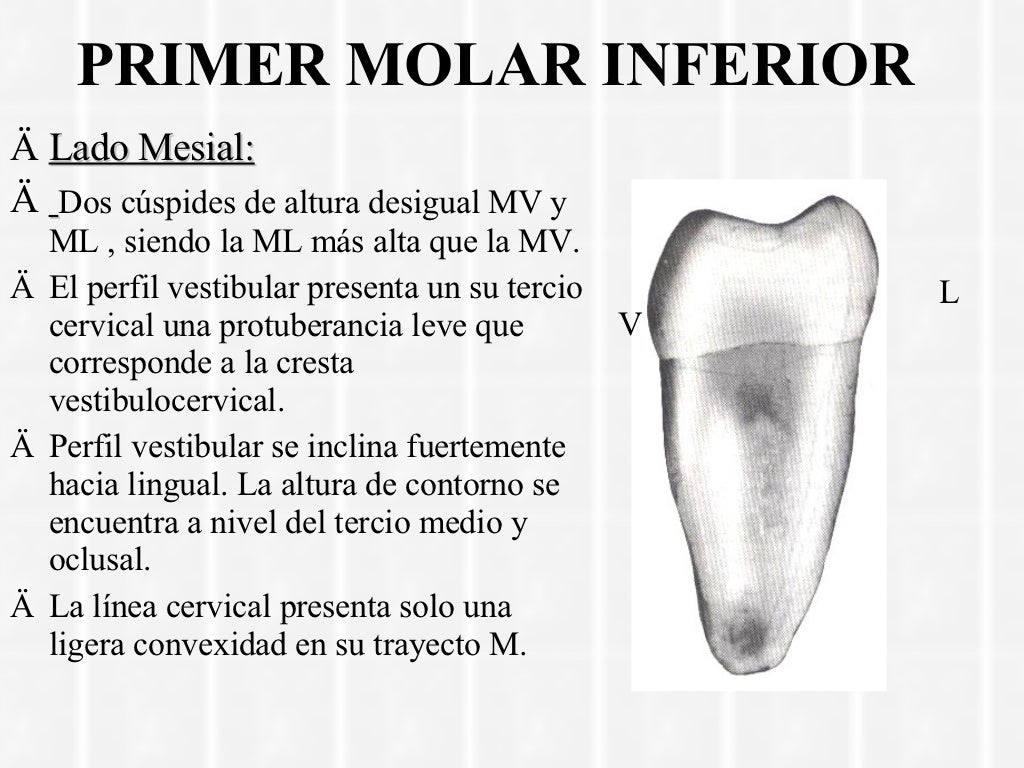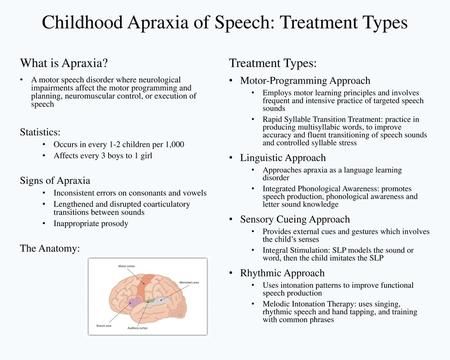Poop color for formula fed baby
What's Typical and When to See a Pediatrician
Poop color can be one way to learn about your baby’s health. Your little one will go through a variety of poop colors, especially during the first year of life, as their diet changes.
It’s important to understand that what’s typical for adult poop doesn’t necessarily apply to baby poop. This includes color and texture.
Below are the most common poop colors you may see and why.
| Baby’s diet | Is it typical? | |
|---|---|---|
| Black | breast milk or formula | This is expected in the first few days of life. It’s not typical if it comes back later in infancy, though. |
| Mustard “seedy” yellow | breast milk | This is typical. |
| Bright yellow | breast milk | If it’s overly runny, it could be a sign of diarrhea. |
| Orange | breast milk or formula | This is typical. |
| Red | any diet | This may be from introducing red solids into your baby’s diet or from something else, such as blood. If they’ve eaten a red solid, see if their next stool returns to its usual color. If not or if you haven’t recently introduced red solids, call their pediatrician. |
| Greenish tan | formula | This is typical. |
| Dark green | diet includes green-colored solids or iron supplements | This is expected. |
| White | any diet | This may indicate trouble with the liver, so call your child’s pediatrician. |
| Gray | any diet | This may be a sign of a digestive concern, so call your child’s pediatrician. |
| Brown | any diet | This is typical. |
While your baby may have different poop colors during infancy, it’s important to know what’s considered “normal” and when you should call your child’s pediatrician.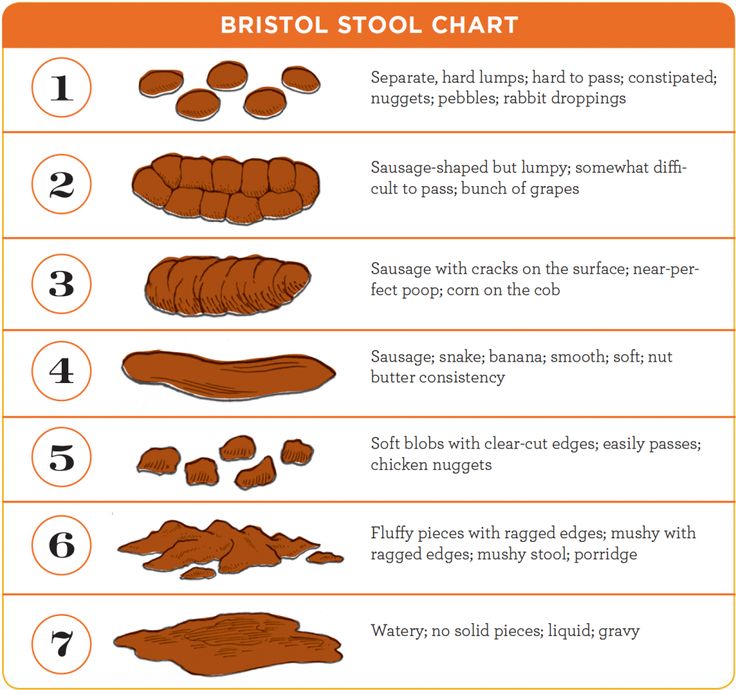
Below is a breakdown of all the possible changes you may see in your baby’s stool, what these might mean, and how long they may last.
Black
A newborn’s first stool is likely to be black, with a tar-like consistency. This is called meconium, and it contains mucus, skin cells, and amniotic fluid. Black stool should not last more than a couple of days.
Mustard yellow
Once the meconium passes, a newborn’s stool may be a mustard yellow color. This color of stool is also most common in breastfed or chestfed babies.
Bright yellow
It’s typical to see bright yellow poop in breastfed or chestfed (and sometimes formula-fed) babies. Bright yellow poop that’s much more frequent than usual and extremely runny, though, could be diarrhea. Diarrhea can increase the risk for dehydration.
Orange
Orange poop occurs from pigments picked up in your baby’s digestive tract. It can occur in both breastfed and formula-fed babies.
Red
Sometimes your baby’s poop can also turn red from dark red foods and drinks they have consumed, such as tomato juice or beets. Red poop could also mean there’s blood in your baby’s bowel movements from an intestinal infection, among other causes, which should be addressed by a pediatrician.
Red poop could also mean there’s blood in your baby’s bowel movements from an intestinal infection, among other causes, which should be addressed by a pediatrician.
Red blood in a baby’s poop can also occur from milk allergies or from an anal fissure. Certain red-colored medications, such as amoxicillin or cefdinir, may also cause red poop.
It’s a good idea to call your child’s pediatrician if your baby has red stool.
If they’ve recently eaten red food, you may consider waiting to see if the next stool returns to its usual color before calling your pediatrician. But don’t wait to see if your baby experiences other symptoms like vomiting or stomach pain before calling the doctor
Greenish tan
Formula-fed babies may have poop that’s a combination of greenish tan and yellow. Their poop is also firmer than that of a breastfed or chestfed baby.
Dark green
Dark green poop is most common in babies who are starting solid foods that are green in color, such as spinach and peas.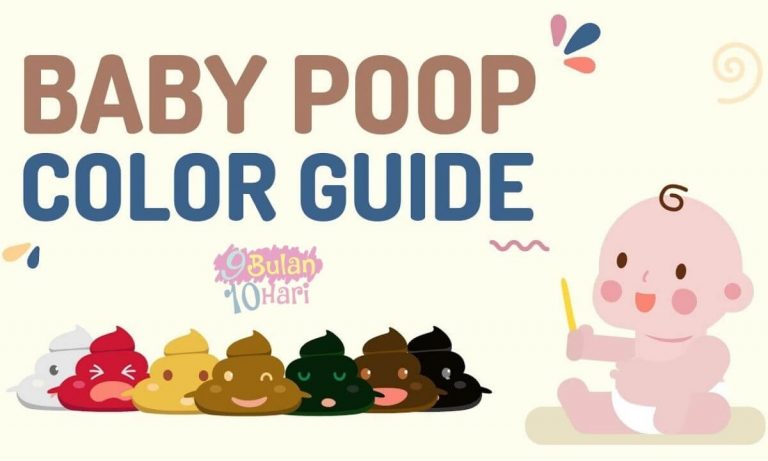 Iron supplements can also cause your baby’s poop to turn green.
Iron supplements can also cause your baby’s poop to turn green.
White
White poop can indicate that your baby isn’t producing enough bile in their liver to help them digest food properly. This is a serious concern. White poop at any stage should be addressed by a pediatrician.
Gray
Like white poop, baby stools that are gray in color can mean your baby isn’t digesting food as they should. Call your child’s pediatrician if your baby has poop that’s gray or a chalky consistency.
Color can indicate quite a bit about your baby’s poop, but it’s also important to consider texture. The combination can tell you a lot about your baby’s health that color alone can’t.
Newborn poop consistency
Newborn poop has a thick, tar-like consistency. This is standard, and both the color and texture of a newborn’s poop will change within the first couple of days of life.
Talk with your child’s pediatrician if your baby’s poop hasn’t changed to being looser and yellow within a few days of birth. This can be a sign they aren’t getting enough milk.
This can be a sign they aren’t getting enough milk.
Breastfed or chestfed consistency
Babies fed breast milk have looser stools that may contain seed-like substances. This doesn’t necessarily mean that your baby has diarrhea.
They may have also more bowel movements more frequently because breast milk is digested faster. This is also not considered diarrhea.
Formula-fed consistency
Formula-fed babies tend to have firmer poop that’s tan to brown in color with some green and yellow. Your baby may be constipated if they strain during bowel movements and have infrequent, hard stools.
Weaning stage consistency
The weaning stage is a transitional phase when you move from solely nursing to feeding baby other types of fluids and solid foods. During this phase, your baby’s poop may become more firm. You may also notice stronger-smelling stools as well.
After introducing solids
Once you’ve introduced solid foods to your baby’s diet, their poop will start to bulk up like typical adult poop.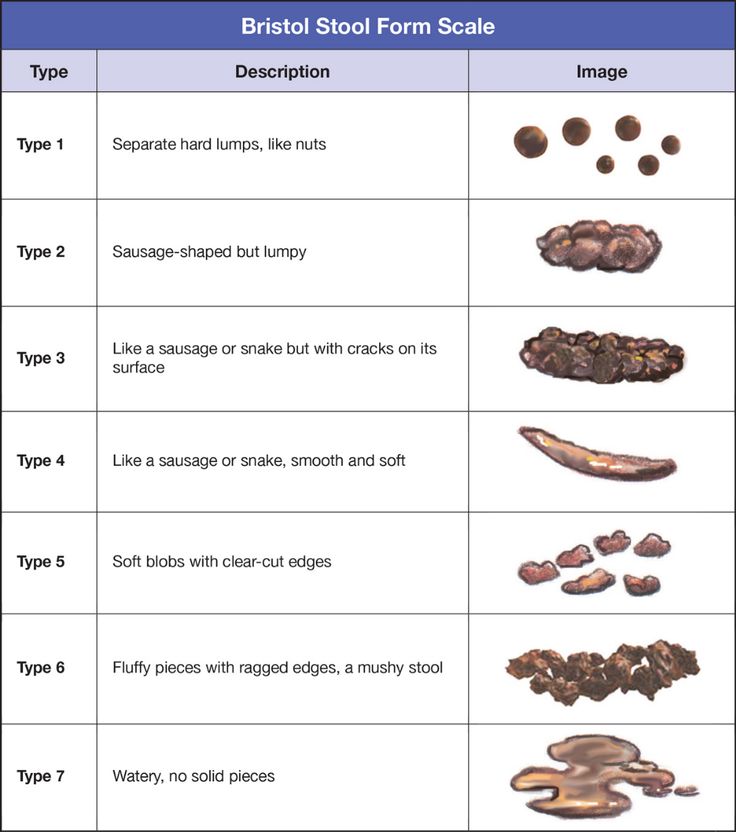
Constipation consistency
Extremely hard poop that’s difficult to pass could mean constipation. Small, pebble-like drops that are dark brown in color are also a sign of this. If your baby is constipated, these remedies may help. But speak with your child’s pediatrician before trying home remedies to relieve baby’s constipation.
Diarrhea
Diarrhea in a baby consists of loose, watery stools that occur more than once every feeding. It can be difficult to pinpoint diarrhea in a young infant because their bowel movements are naturally looser than babies who are on solid foods.
Mucus or frothy stool
A mucus-like or frothy texture can sometimes occur when your baby is drooling from teething, then subsequently swallows their drool.
If you see this texture in your baby’s stool and they’re not drooling, it could be caused by an infection that requires pediatric treatment.
The presence of mucus in the stool is standard in newborns as they pass meconium. It’s also seen in babies who swallow their drool. However, mucus can also be caused by a bacterial infection or other trouble in your baby’s intestines.
It’s also seen in babies who swallow their drool. However, mucus can also be caused by a bacterial infection or other trouble in your baby’s intestines.
As a rule of thumb, you should call your pediatrician if your baby is older than a few days, is not drooling, and has persistent mucus in their stool.
Blood may be present in a baby’s stool from straining during constipation. It could also be a sign of an infection, which warrants a call to the pediatrician.
Small amounts of blood are sometimes ingested during nursing if your nipples are cracked. This appears as specks of black or dark red in your baby’s poop.
Once your baby starts solids, you might notice food pieces appearing in their poop. This is because some foods aren’t digestible and will quickly pass through your baby’s system.
It’s OK if your baby doesn’t pass stool every day. This does not necessarily mean there’s a concern. A newborn can have few bowel movements early on.
If you’re breastfeeding or chestfeeding, your baby may poop only once per week when they get to the 3- to 6-week mark.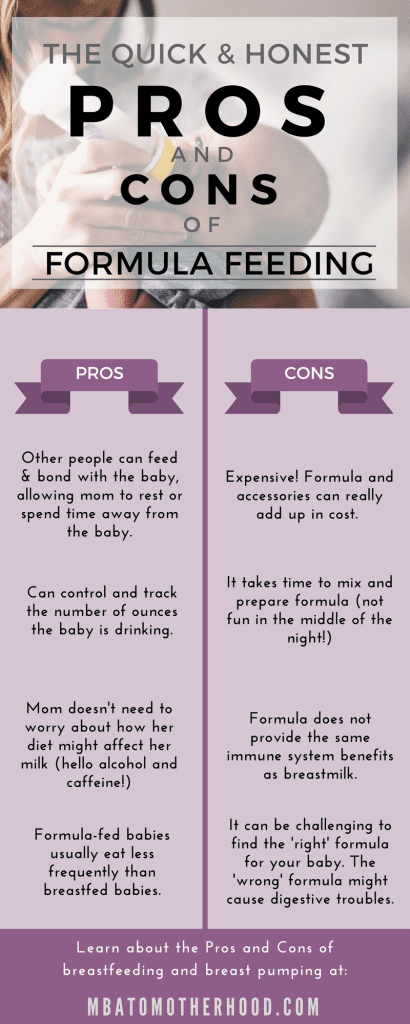 If your baby is formula-fed, then you should see bowel movements occurring around once per day. Anything less than this could indicate constipation, though some formula-fed babies don’t poop every day, either.
If your baby is formula-fed, then you should see bowel movements occurring around once per day. Anything less than this could indicate constipation, though some formula-fed babies don’t poop every day, either.
Your baby will likely have a daily bowel movement once they’re on solids. Pooping more than once after each feeding at any stage could indicate diarrhea.
Know that changes in color and even consistency are expected during your baby’s first year of life. But it’s also important to monitor these changes in case you need to call your child’s pediatrician.
The color of baby poop shifts for various reasons. Feeding and age can also affect the overall color and consistency.
If you’re ever concerned about your baby’s bowel movements, call your child’s pediatrician for advice. You should also take your baby to the pediatrician if they have diarrhea accompanied by a fever.
Extremely hard and dry stools are usually a sign of constipation. But if your baby is vomiting or otherwise ill, it may be a sign that they are dehydrated.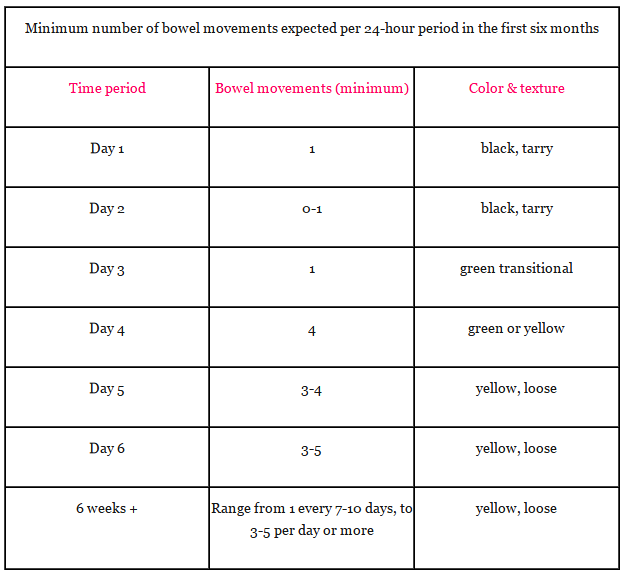 See your child’s pediatrician if you suspect your baby’s dehydrated.
See your child’s pediatrician if you suspect your baby’s dehydrated.
Other symptoms of dehydration in a baby include:
- fewer than six wet diapers a day, according to the American Academy of Pediatrics
- fussiness
- mood that’s less playful than usual
- crying without tears
- excessive fatigue
- skin that changes in color or has a wrinkled appearance
- sunken soft spot on the head
- sunken eyes
Monitoring your baby’s stool can be a useful way to identify health problems that your baby can’t otherwise tell you about. If you ever have any concerns, don’t hesitate to call your child’s pediatrician.
Lea este artículo en español.
What's Typical and When to See a Pediatrician
Poop color can be one way to learn about your baby’s health. Your little one will go through a variety of poop colors, especially during the first year of life, as their diet changes.
It’s important to understand that what’s typical for adult poop doesn’t necessarily apply to baby poop.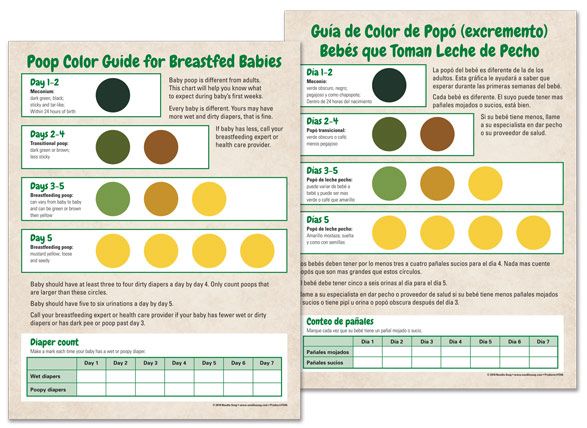 This includes color and texture.
This includes color and texture.
Below are the most common poop colors you may see and why.
| Baby’s diet | Is it typical? | |
|---|---|---|
| Black | breast milk or formula | This is expected in the first few days of life. It’s not typical if it comes back later in infancy, though. |
| Mustard “seedy” yellow | breast milk | This is typical. |
| Bright yellow | breast milk | If it’s overly runny, it could be a sign of diarrhea. |
| Orange | breast milk or formula | This is typical. |
| Red | any diet | This may be from introducing red solids into your baby’s diet or from something else, such as blood. If they’ve eaten a red solid, see if their next stool returns to its usual color. If not or if you haven’t recently introduced red solids, call their pediatrician. |
| Greenish tan | formula | This is typical. |
| Dark green | diet includes green-colored solids or iron supplements | This is expected. |
| White | any diet | This may indicate trouble with the liver, so call your child’s pediatrician. |
| Gray | any diet | This may be a sign of a digestive concern, so call your child’s pediatrician. |
| Brown | any diet | This is typical. |
While your baby may have different poop colors during infancy, it’s important to know what’s considered “normal” and when you should call your child’s pediatrician.
Below is a breakdown of all the possible changes you may see in your baby’s stool, what these might mean, and how long they may last.
Black
A newborn’s first stool is likely to be black, with a tar-like consistency. This is called meconium, and it contains mucus, skin cells, and amniotic fluid.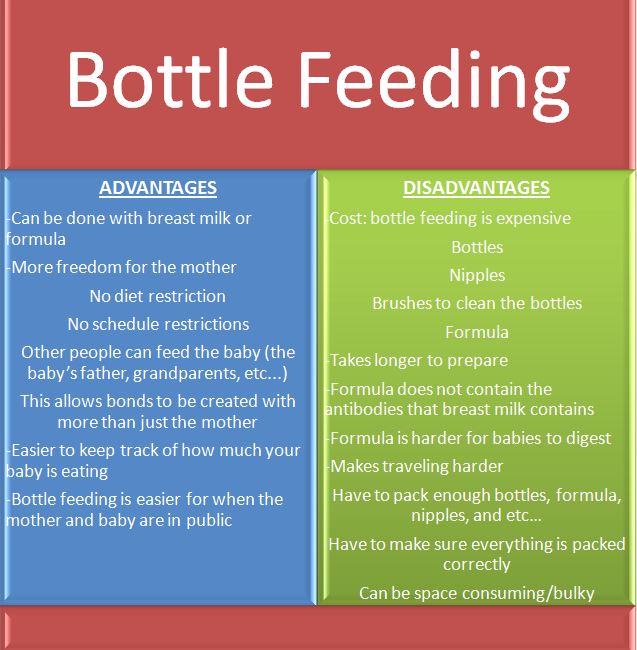 Black stool should not last more than a couple of days.
Black stool should not last more than a couple of days.
Mustard yellow
Once the meconium passes, a newborn’s stool may be a mustard yellow color. This color of stool is also most common in breastfed or chestfed babies.
Bright yellow
It’s typical to see bright yellow poop in breastfed or chestfed (and sometimes formula-fed) babies. Bright yellow poop that’s much more frequent than usual and extremely runny, though, could be diarrhea. Diarrhea can increase the risk for dehydration.
Orange
Orange poop occurs from pigments picked up in your baby’s digestive tract. It can occur in both breastfed and formula-fed babies.
Red
Sometimes your baby’s poop can also turn red from dark red foods and drinks they have consumed, such as tomato juice or beets. Red poop could also mean there’s blood in your baby’s bowel movements from an intestinal infection, among other causes, which should be addressed by a pediatrician.
Red blood in a baby’s poop can also occur from milk allergies or from an anal fissure.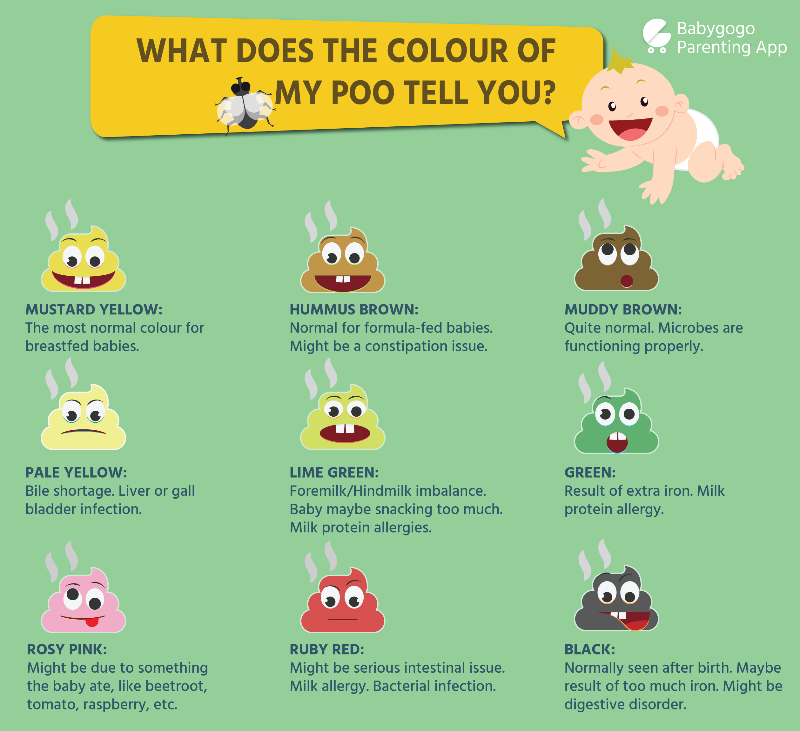 Certain red-colored medications, such as amoxicillin or cefdinir, may also cause red poop.
Certain red-colored medications, such as amoxicillin or cefdinir, may also cause red poop.
It’s a good idea to call your child’s pediatrician if your baby has red stool.
If they’ve recently eaten red food, you may consider waiting to see if the next stool returns to its usual color before calling your pediatrician. But don’t wait to see if your baby experiences other symptoms like vomiting or stomach pain before calling the doctor
Greenish tan
Formula-fed babies may have poop that’s a combination of greenish tan and yellow. Their poop is also firmer than that of a breastfed or chestfed baby.
Dark green
Dark green poop is most common in babies who are starting solid foods that are green in color, such as spinach and peas. Iron supplements can also cause your baby’s poop to turn green.
White
White poop can indicate that your baby isn’t producing enough bile in their liver to help them digest food properly. This is a serious concern. White poop at any stage should be addressed by a pediatrician.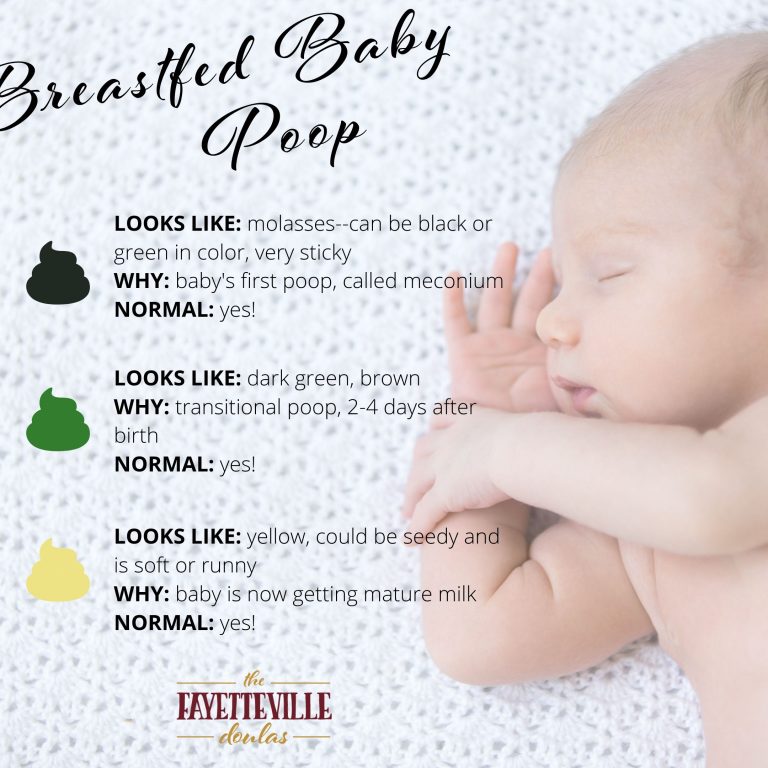
Gray
Like white poop, baby stools that are gray in color can mean your baby isn’t digesting food as they should. Call your child’s pediatrician if your baby has poop that’s gray or a chalky consistency.
Color can indicate quite a bit about your baby’s poop, but it’s also important to consider texture. The combination can tell you a lot about your baby’s health that color alone can’t.
Newborn poop consistency
Newborn poop has a thick, tar-like consistency. This is standard, and both the color and texture of a newborn’s poop will change within the first couple of days of life.
Talk with your child’s pediatrician if your baby’s poop hasn’t changed to being looser and yellow within a few days of birth. This can be a sign they aren’t getting enough milk.
Breastfed or chestfed consistency
Babies fed breast milk have looser stools that may contain seed-like substances. This doesn’t necessarily mean that your baby has diarrhea.
They may have also more bowel movements more frequently because breast milk is digested faster.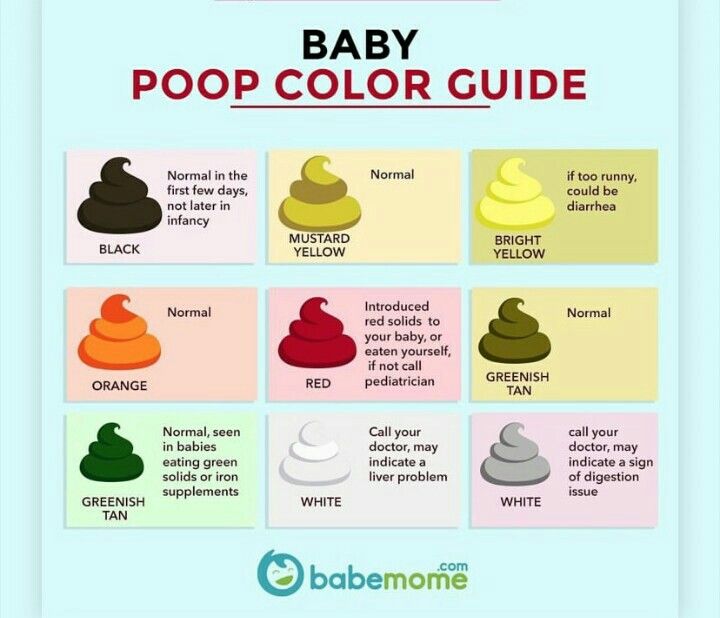 This is also not considered diarrhea.
This is also not considered diarrhea.
Formula-fed consistency
Formula-fed babies tend to have firmer poop that’s tan to brown in color with some green and yellow. Your baby may be constipated if they strain during bowel movements and have infrequent, hard stools.
Weaning stage consistency
The weaning stage is a transitional phase when you move from solely nursing to feeding baby other types of fluids and solid foods. During this phase, your baby’s poop may become more firm. You may also notice stronger-smelling stools as well.
After introducing solids
Once you’ve introduced solid foods to your baby’s diet, their poop will start to bulk up like typical adult poop.
Constipation consistency
Extremely hard poop that’s difficult to pass could mean constipation. Small, pebble-like drops that are dark brown in color are also a sign of this. If your baby is constipated, these remedies may help. But speak with your child’s pediatrician before trying home remedies to relieve baby’s constipation.
Diarrhea
Diarrhea in a baby consists of loose, watery stools that occur more than once every feeding. It can be difficult to pinpoint diarrhea in a young infant because their bowel movements are naturally looser than babies who are on solid foods.
Mucus or frothy stool
A mucus-like or frothy texture can sometimes occur when your baby is drooling from teething, then subsequently swallows their drool.
If you see this texture in your baby’s stool and they’re not drooling, it could be caused by an infection that requires pediatric treatment.
The presence of mucus in the stool is standard in newborns as they pass meconium. It’s also seen in babies who swallow their drool. However, mucus can also be caused by a bacterial infection or other trouble in your baby’s intestines.
As a rule of thumb, you should call your pediatrician if your baby is older than a few days, is not drooling, and has persistent mucus in their stool.
Blood may be present in a baby’s stool from straining during constipation.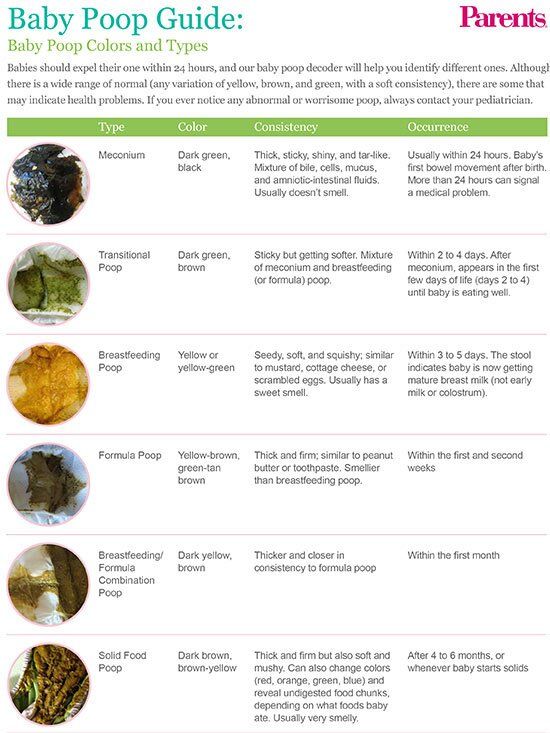 It could also be a sign of an infection, which warrants a call to the pediatrician.
It could also be a sign of an infection, which warrants a call to the pediatrician.
Small amounts of blood are sometimes ingested during nursing if your nipples are cracked. This appears as specks of black or dark red in your baby’s poop.
Once your baby starts solids, you might notice food pieces appearing in their poop. This is because some foods aren’t digestible and will quickly pass through your baby’s system.
It’s OK if your baby doesn’t pass stool every day. This does not necessarily mean there’s a concern. A newborn can have few bowel movements early on.
If you’re breastfeeding or chestfeeding, your baby may poop only once per week when they get to the 3- to 6-week mark. If your baby is formula-fed, then you should see bowel movements occurring around once per day. Anything less than this could indicate constipation, though some formula-fed babies don’t poop every day, either.
Your baby will likely have a daily bowel movement once they’re on solids.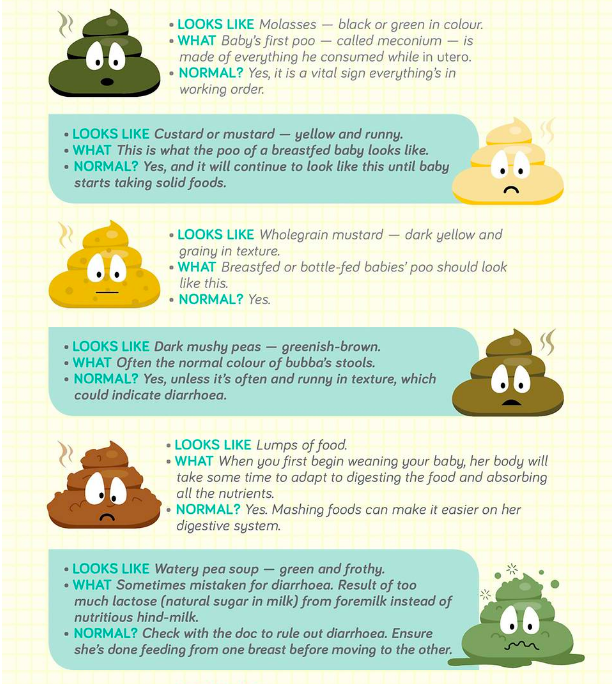 Pooping more than once after each feeding at any stage could indicate diarrhea.
Pooping more than once after each feeding at any stage could indicate diarrhea.
Know that changes in color and even consistency are expected during your baby’s first year of life. But it’s also important to monitor these changes in case you need to call your child’s pediatrician.
The color of baby poop shifts for various reasons. Feeding and age can also affect the overall color and consistency.
If you’re ever concerned about your baby’s bowel movements, call your child’s pediatrician for advice. You should also take your baby to the pediatrician if they have diarrhea accompanied by a fever.
Extremely hard and dry stools are usually a sign of constipation. But if your baby is vomiting or otherwise ill, it may be a sign that they are dehydrated. See your child’s pediatrician if you suspect your baby’s dehydrated.
Other symptoms of dehydration in a baby include:
- fewer than six wet diapers a day, according to the American Academy of Pediatrics
- fussiness
- mood that’s less playful than usual
- crying without tears
- excessive fatigue
- skin that changes in color or has a wrinkled appearance
- sunken soft spot on the head
- sunken eyes
Monitoring your baby’s stool can be a useful way to identify health problems that your baby can’t otherwise tell you about.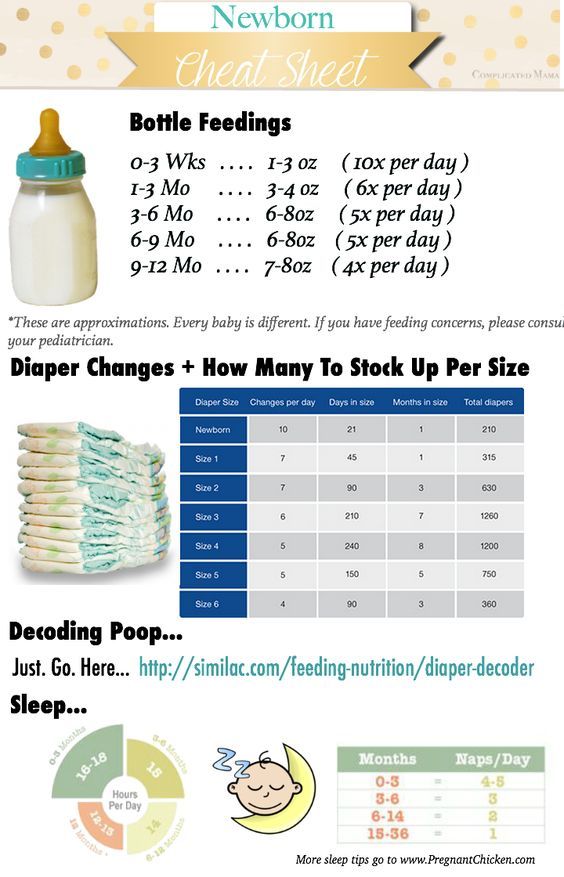 If you ever have any concerns, don’t hesitate to call your child’s pediatrician.
If you ever have any concerns, don’t hesitate to call your child’s pediatrician.
Lea este artículo en español.
Children's stool color: how to understand what is normal and what is not
Zainiddinova Rabiyat Salakhiddinovna
Candidate of Medical Sciences, pediatrician, neonatologist, specialist in vaccine prevention
Stool in healthy children does not always look the same. The state of the chair usually depends on the age, type of feeding, the period of development of the child. What does normal breastfeeding look like? We will describe the acceptable options for color, smell, consistency and find out how the baby's stool changes within the normal range or when there are reasons for concern. Candidate of Medical Sciences, pediatrician Rabiyat Salakhiddinovna Zainiddinova advises. nine0003
- Rabiyat Salakhiddinovna, what are the main differences between the stool of a newborn on breast, artificial and mixed feeding?
- For breastfed babies, when feeding with an adapted formula, and with a combination of these two types of food, a different type of stool is allowed.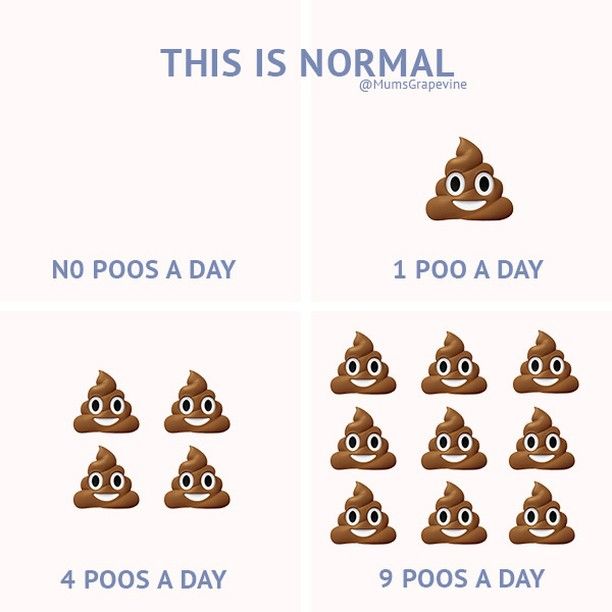 For example, a breastfed baby (HB) feels comfortable with a stool frequency of up to 5-8 times a day, and this is the norm. On artificial feeding (IV), the baby can empty the intestines up to 1 time per day or even once every 2 days, and this is also a variant of the norm. The color of the baby's stool is also different: a mushy yellow stool in a baby on breast milk and a darker and more dense, thick stool in a baby on a mixture. On mixed feeding, the variability is higher, here both mushy and watery stools, and a variety of colors will be the norm. nine0003
For example, a breastfed baby (HB) feels comfortable with a stool frequency of up to 5-8 times a day, and this is the norm. On artificial feeding (IV), the baby can empty the intestines up to 1 time per day or even once every 2 days, and this is also a variant of the norm. The color of the baby's stool is also different: a mushy yellow stool in a baby on breast milk and a darker and more dense, thick stool in a baby on a mixture. On mixed feeding, the variability is higher, here both mushy and watery stools, and a variety of colors will be the norm. nine0003
— How does a child's stool change from birth to a year?
- Immediately after birth, the stool is very dark (black) in color and is not exactly feces, but rather a mixture of desquamated epithelium, bile fragments, amniotic fluid and prenatal hair. It's called meconium. Such a dense dark stool can last up to 3 days, then a transitional stool appears - lighter, with the possible inclusion of green.
Green stools in infants are due to the high content of bilirubin, which is normal for the first months of life.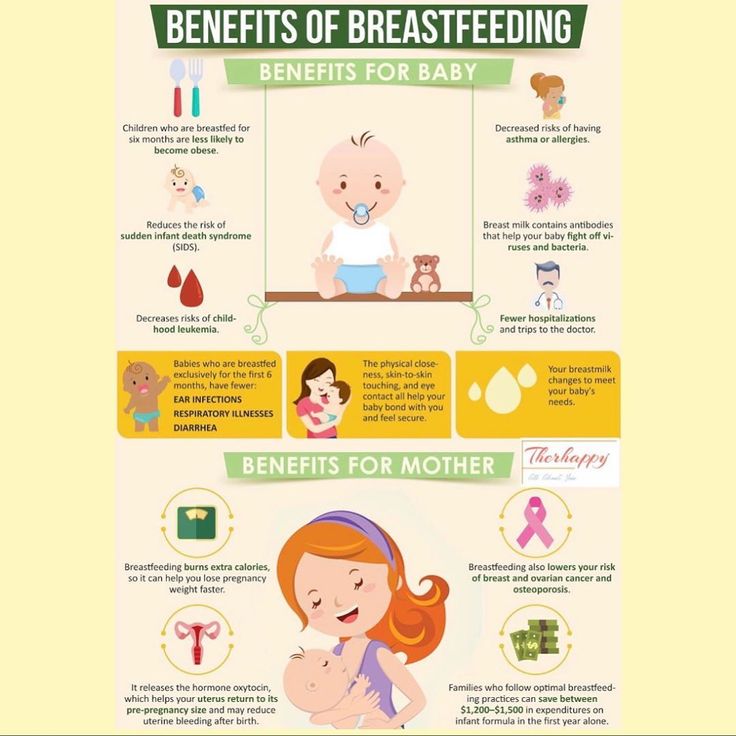 As a rule, by the end of the first month, the stool acquires a stable, permanent appearance - it is mushy, yellowish, with small whitish patches. nine0003
As a rule, by the end of the first month, the stool acquires a stable, permanent appearance - it is mushy, yellowish, with small whitish patches. nine0003
- What color can a child's chair be?
- Normal stool color can be all shades of orange and brown: mustard yellow, light brown, brown stool in babies is normal. The intensity of the presence of green color in the stool depends on the concentration of bilirubin in it, the state of the intestinal microbiota, the presence of food allergies or helminthic invasion. Very dense and dark stools are more typical for formula-fed babies, but it also becomes lighter and softer with the introduction of complementary foods into the diet. nine0003
If the chair does not fit into the range of familiar shades, it is worth taking a closer look at the condition of the baby. Is he too restless - is he not capricious, is his stomach swollen, has the color of his urine changed. Bloodshot, black or light-colored stools in a child are not the norm and a reason to seek medical help as soon as possible.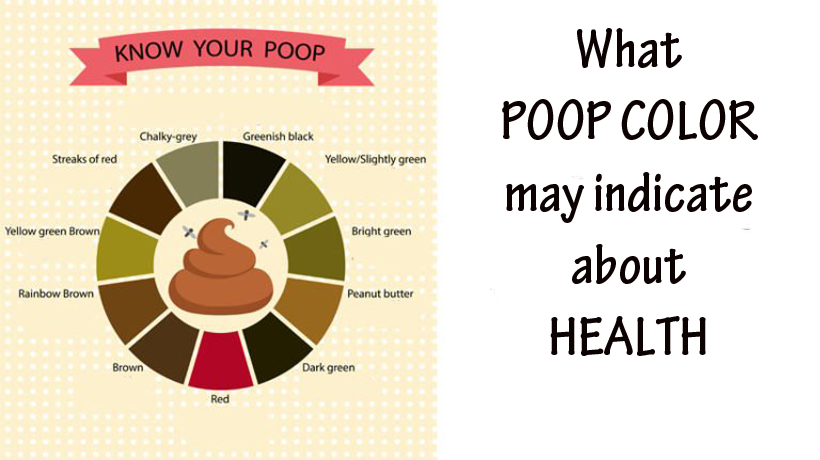
- Almost black baby stool - this color is typical only for meconium, for the stool of a newborn older than 1 week this shade is atypical. nine0036
- Gray stool resembling putty (greasy) - most often these are manifestations of bile outflow disorders, often fermentopathy and, as a result, impaired formation of full-fledged feces.
- Red stool - often a manifestation of changes in the diet (with the introduction of beets, prunes). But it is necessary to clearly differentiate between red stools and stools interspersed with red or bloody. nine0049
- Unusual stool colors
- Unusual inclusions in the stool
- Foam chair
- Fetid chair
- Loose stools with mucus
- Blood streaks in stool
- Watery stool (stool like water)
- A sharp fetid odor of feces is due to an infectious process.
- Unpleasant putrid odor against the background of changes in the consistency of the stool appears with a deficiency of enzymes.
- A different smell and a different structure of feces in one bowel movement will be with constipation, when first a dense fecal stone comes out, and then formed feces.
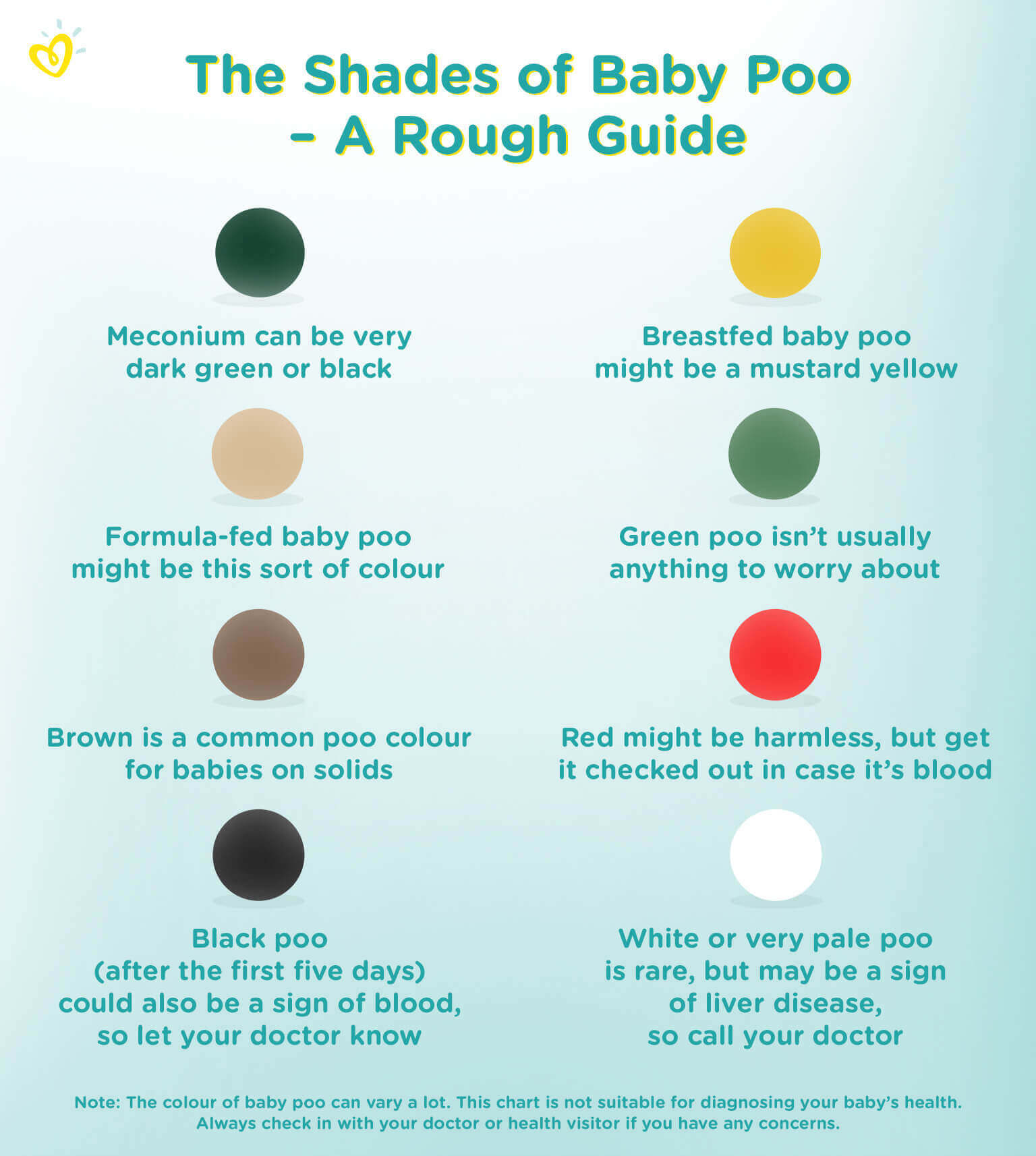 nine0036
nine0036 - The child cries very insistently, loudly and piercingly, periods of calm are short, it is not possible to calm him down immediately, or he calms down for a while and begins to sob again; or the condition is accompanied by fever, vomiting, general malaise, stool retention, or uncharacteristic heavy loose stools in infants.
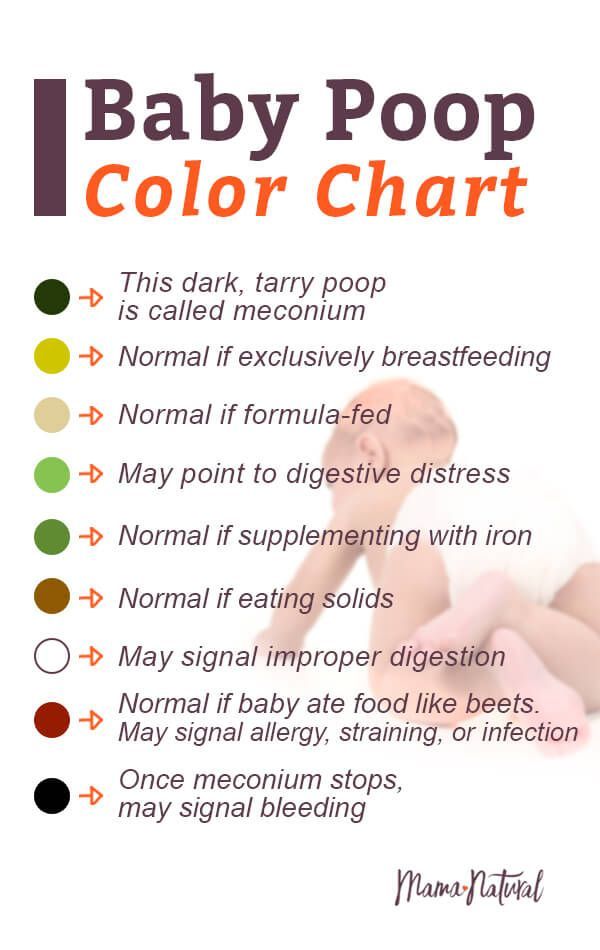 In this case, you need to contact a pediatric surgeon and undergo an abdominal ultrasound to exclude surgical pathology.
In this case, you need to contact a pediatric surgeon and undergo an abdominal ultrasound to exclude surgical pathology. - If the disease is caused by the course of a viral infection with abdominal pain syndrome (abdominal pain), then this is a manifestation of the intestinal syndrome on the background of a viral infection. Temperature, colic, flatulence and general malaise are allowed here. Despite the fact that the child's condition is significantly normalized after taking antipyretic drugs, in any case, it requires examination and control of a pediatrician. nine0036
- Knowing about allergic reactions to certain types of foods, the children's diet is expanded gradually. If a child has mild symptoms such as a change in stool patterns or signs of discomfort such as a single bout of vomiting after taking a new product, then the product may have been introduced early and should be postponed for the time being. Parents need to observe the condition of the child, it is not necessary to immediately consult a doctor.

- During the period of teething, the baby is disturbed by temperature, colic, flatulence, frequent bouts of crying. In this case, the usual stool may change - a stool appears with an abundance of mucus, but without a fetid odor and foam impurities. And this is a situation that is quite acceptable by age, which can be observed by parents and does not require immediate contact with a pediatrician. nine0036
- Original feces - meconium - has the consistency of a thick ink paste of dark green, almost black color.
- 2-3 days - transitional stool - partly dark green, with time it becomes mushy.
- 4-5 days - scattered stool - it includes a liquid part, white undigested lumps, sometimes streaks of mucus.
- Days 12-14 — from the end of the second week, normal stool begins to form, which will remain unchanged in the future.
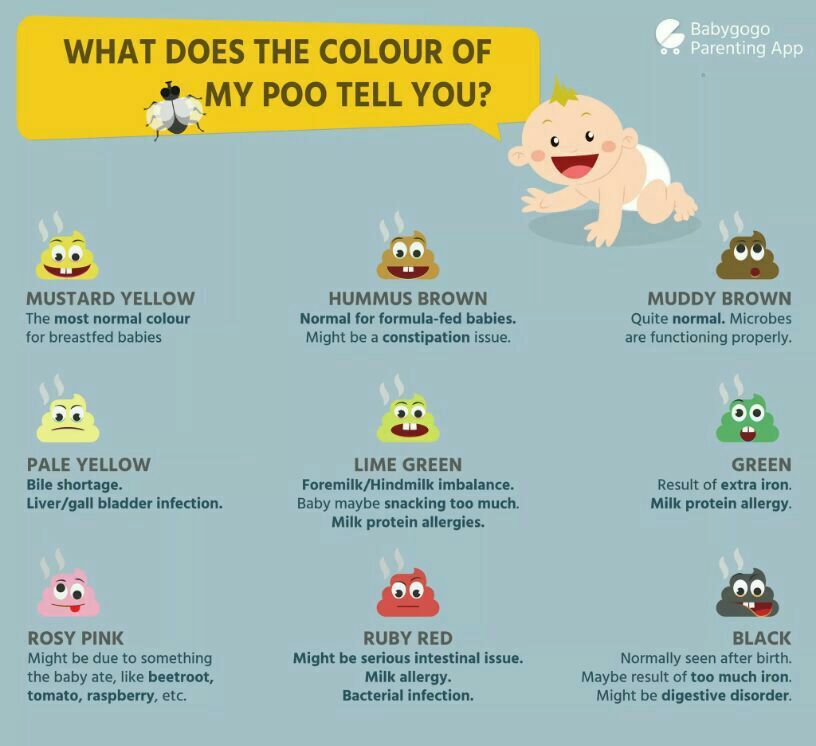 nine0036
nine0036 - If the baby is malnourished, the stool is less frequent, the consistency thickens.
- If the mother diluted the mixture incorrectly - added more or less water - there will be a thickening or thinning of the stool.
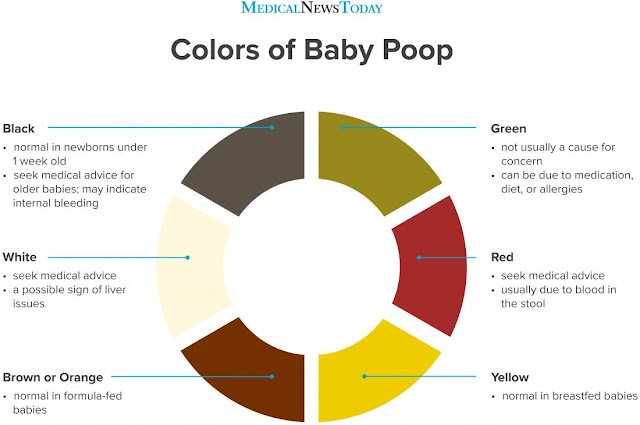 nine0031 If a child's drinking regimen is disturbed - the temperature is elevated and he loses a lot of moisture, or there is a heat, and liquid reserves are not replenished, the stool may become more dense.
nine0031 If a child's drinking regimen is disturbed - the temperature is elevated and he loses a lot of moisture, or there is a heat, and liquid reserves are not replenished, the stool may become more dense. - A newborn child has up to 8-10 stools. A bowel movement is possible after or during each meal - and this will be the norm. nine0036
- Stools at 2 months normally have adequate intervals of 3-3.5 hours during the day and 4 hours at night. In the future, the nature of the chair reflects the nutrition of the child.
- Stool from 5-6 months - dense 1-2 times a day or 1 time in two days; it is more decorated and looks like an adult's chair.
- A chair eight to ten times a day is the norm, if the newborn is comfortable, he is calm and he always has such a frequency of stool. nine0036
- A chair once a day or once every two days is the norm, if the child is calm, he does not strain constantly and poops on his own.
- Stool with undigested lumps is normal if the child's condition is in order.
- If a child has a stable stool eight times a day for two months, but suddenly he stops pooping within one or two days, this is not the norm. nine0031 The chair is stable once a day, but suddenly the bowel movements occur for the sixth time in the last four hours - this is not the norm.
Checklist: alarming symptoms that should alert parents, require an assessment of the child's condition and supervision of a pediatrician
- Excluding color, how to determine the presence of pathology in babies by stool? nine0010
Baby foamy stool
- It can be an indicator of a deficiency of the normal microbiota, when the physiological process of digestion of food with the participation of microflora is disturbed and the stool changes its consistency. The condition may be transient, not affecting the quality of life of the child, or it may be a manifestation of an intestinal infection if accompanied by fever, anxiety, pain, vomiting and diarrhea.
The condition may be transient, not affecting the quality of life of the child, or it may be a manifestation of an intestinal infection if accompanied by fever, anxiety, pain, vomiting and diarrhea.
Infant diarrhea
- Diarrhea in children in the first months of life may be caused by an infectious cause or not associated with infections.
Infant constipation
- Constipation can begin to form from the first month of life. The pediatrician should be alerted by such facts as the release of meconium in newborns for more than two days (usually the discharge occurs on the first day).
If a mother notices difficulty in passing stools during the first month of life, it is imperative to bring this to the attention of a pediatrician so as not to miss the symptoms of any serious diseases. nine0010
Occult blood in the feces of a child
- There is a medical analysis of feces for occult blood: it shows the presence of microveins of blood that cannot be diagnosed visually.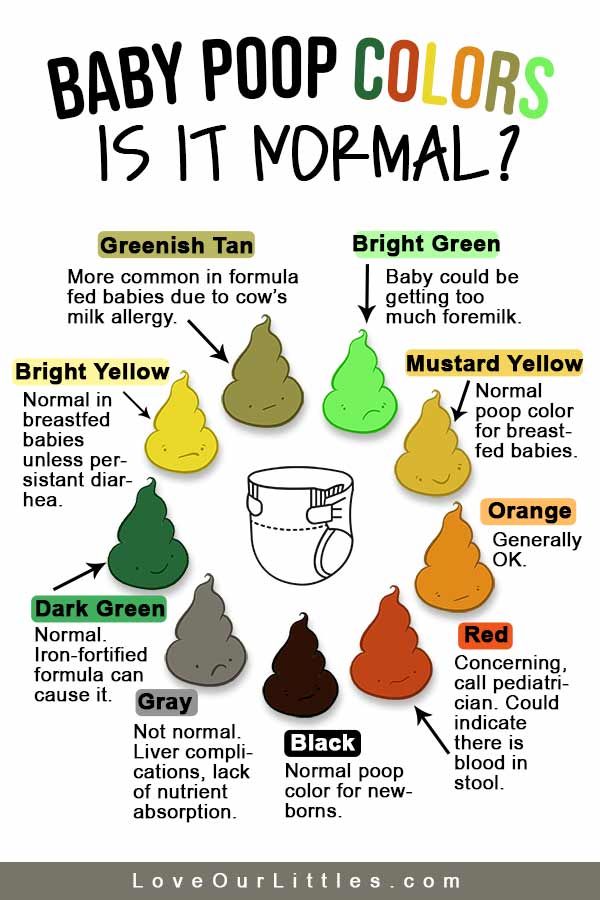 Why is it important not to miss this moment? If anal fissures give bright, visible streaks of blood in the stool of an infant, then hidden blood in his feces may be a sign of gastrointestinal reactions.
Why is it important not to miss this moment? If anal fissures give bright, visible streaks of blood in the stool of an infant, then hidden blood in his feces may be a sign of gastrointestinal reactions.
When assigning a small patient an examination for occult blood in the feces, the doctor looks for possible damage to the integrity of the gastric or intestinal mucosa. In children, due to the tenderness of their mucosa, such damage can be triggered by the listed allergens. Therefore, it is important to exclude a possible risk factor for the development or increase of food allergies. nine0003
Stool with mucus and smell
- Speaking of a large amount of mucus in the stool of a baby, you need to remember what mucus is. These are stretching secretions that are the product of the work of the intestinal mucosa: this is how it protects itself from an aggressive acidic or alkaline environment in the process of digesting food. Moreover, a lack of mucus can provoke constipation, although mothers are most often worried about the situation when there is too much mucus in the diaper.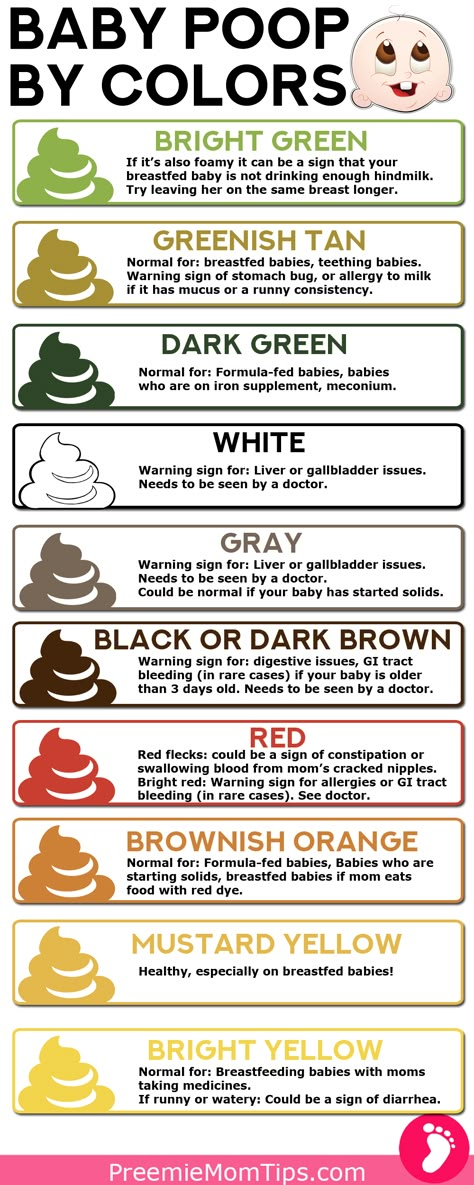
What to look for if there is a lot of clear or white mucus in the feces of a child nine0003
For mothers, an isolated abundance of mucus in the feces should not be an alarming symptom, because this in itself is not a full-fledged “red flag”.
Pieces of undigested food in feces
- For many parents, pieces of undigested food in the feces of a child are an alarming sign. They believe that if a child has not digested something, it means that he has some kind of stomach problems and he will not receive enough nutrients.
Causes of small particles of food in the stool nine0003
Bad smell
- Unpleasant odor, that is, an odor that is uncharacteristic of normal baby stools, can appear for several reasons.
- Rabiyat Salakhiddinovna, what symptoms may appear along with a change in the color of the stool - what do they talk about and when can they be considered the norm ?.
- As a rule, the variability of shades of the stool itself is acceptable. Dangerous colours: brightly colored blood-streaked, black, greyish-white stools in a child.
When are some of the symptoms associated with a change in stool acceptable?
nine0009 - What to do to normalize the baby's stool?
- From a pediatric point of view, it is necessary to mention the presence of surgical diseases in children - those that in pediatrics go under the general name "acute abdomen". This is a whole list of acute surgical conditions at an early age, which are manifested primarily by abdominal pain and unusual behavior of the baby.
Download pdf
Checklist: when parents should not worry, and when to see a doctor
Checklist: color and consistency of stool in infants, norm and deviations
Every time, taking off the diaper, willy-nilly, the mother examines its contents. Of course, children's health is manifested by many symptoms, and children's stool can also serve as a marker of normal digestion. However, it must be remembered that the characteristics of the stool are extremely variable, they cannot always be the same, and this does not indicate the presence of pathology in the child. But if the baby's stool has not been formed for several days or weeks, retains an unusual uncharacteristic smell, or has pronounced deviations from generally accepted norms, then it is recommended to consult a pediatrician.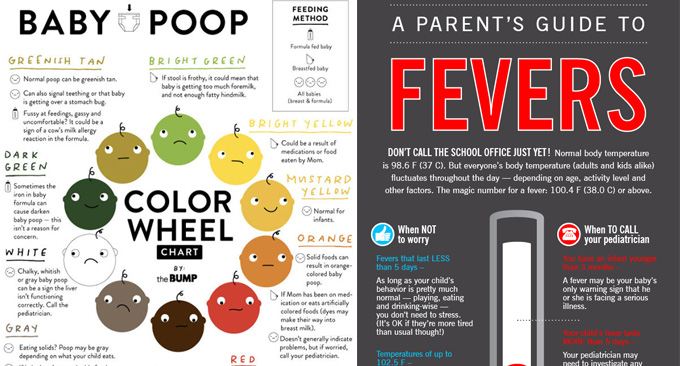 nine0003
nine0003
* Breast milk is the best food for babies. WHO recommends exclusive breastfeeding for the first 6 months of a child's life and continued breastfeeding after complementary foods are introduced until the age of 2 years. Before introducing new products into the baby's diet, you should consult with a specialist. The material is for informational purposes and cannot replace the advice of a healthcare professional. For feeding children from birth. The product is certified. nine0035
#Baby Digestion #breast-feeding #baby formula #Lure #popular articles #what's in the diaper
See also
nine0002 Principles of successful lactation: checklist for mom#Tips for Mom #breastfeeding
Yakovenko Margarita Pavlovna
Candidate of Medical Sciences, Pediatrician, Pediatric Neurologist, Medical Advisor MAMAKO ®
Calendar of doctor visits during the first year of a child's life
#Advice for Mom
Kizino Polina Aleksandrovna
pediatrician, perinatal psychologist
Omicron in children: how dangerous it is and how babies get sick up to a year
#Advice for Mom
Kiseleva Elena Sergeevna
Candidate of Medical Sciences, Scientific Advisor MAMAKO ®
Digestion in newborns and infants and its features
#Baby Digestion #breast-feeding #baby formula #Lure #Tips for mom #Baby development
Kiseleva Elena Sergeevna
Candidate of Medical Sciences, Scientific Advisor MAMAKO ®
Neurologist for a child under one year old: first examination
#Tips for Mom #Baby Development
Yakovenko Margarita Pavlovna
Candidate of Medical Sciences, Pediatrician, Pediatric Neurologist, Medical Advisor MAMAKO ®
nine0002 How to properly rock a baby to sleep#Advice for Mom
Kizino Polina Alexandrovna
pediatrician, perinatal psychologist
Why DHA, ARA and lutein are added to infant formula
#baby formulas #Baby Development
Yakovenko Margarita Pavlovna
Candidate of Medical Sciences, Pediatrician, Pediatric Neurologist, Medical Advisor MAMAKO ®
How to tell if a baby has a food allergy
#allergy #Tips for mom #breast-feeding #baby formula #lure
Kiseleva Elena Sergeevna
Candidate of Medical Sciences, Scientific Advisor MAMAKO ®
nine0002 Goat milk in children's nutrition: for or against#Food #Tips for mom #Baby digestion #breastfeeding
Javier Diaz Castro
professor, lecturer
First tests and vaccinations: how to prepare yourself and your child
#Advice for Mom
nine0002 Kizino Polina Alexandrovnapediatrician, perinatal psychologist
See all
View all
Goat's milk in children's nutrition: for or against
# Lure # Tips for Mom # Baby's digestion # breastfeeding
Javier Diaz Castro
professor, lecturer
Digestion in newborns and infants and its features
# Baby digestion # breast-feeding # infant formula # Lure # Tips for Mom # Baby development
Kiseleva Elena Sergeevna
Candidate of Medical Sciences, Scientific Advisor MAMAKO ®
nine0002 Neurologist for a child under one year old: first examination# Tips for mom # Baby development
Yakovenko Margarita Pavlovna
Candidate of Medical Sciences, Pediatrician, Pediatric Neurologist, Medical Advisor MAMAKO ®
Calendar of doctor visits during the first year of a child's life
# Tips for mom
Kizino Polina Aleksandrovna
pediatrician, perinatal psychologist
Principles of successful lactation: checklist for mom
# Tips for mom # breastfeeding
Yakovenko Margarita Pavlovna
Candidate of Medical Sciences, Pediatrician, Pediatric Neurologist, Medical Advisor MAMAKO ®
How to properly rock a baby to sleep
# Tips for mom
Kizino Polina Alexandrovna
pediatrician, perinatal psychologist
Why DHA, ARA and lutein are added to infant formula
# infant formula # Baby development
Yakovenko Margarita Pavlovna
Candidate of Medical Sciences, Pediatrician, Pediatric Neurologist, Medical Advisor MAMAKO ®
Omicron in children: how dangerous it is and how babies get sick up to a year
# Tips for mom
Kiseleva Elena Sergeevna
Candidate of Medical Sciences, Scientific Advisor MAMAKO ®
See all
First tests and vaccinations: how to prepare yourself and your child
# Tips for mom
nine0002 Kizino Polina Alexandrovnapediatrician, perinatal psychologist
How to tell if a baby has a food allergy
# allergy # Tips for Mom # breast-feeding # infant formula # lure
Kiseleva Elena Sergeevna
Candidate of Medical Sciences, Scientific Advisor MAMAKO ®
See all
View all
View all
What should be the chair of a newborn on artificial and breastfeeding
Kizino Polina Aleksandrovna
pediatrician, perinatal psychologist
Green, frothy, thick stools - is this normal for a baby? What should be the normal stool of the baby and how to distinguish age-related changes from warning signs that require a visit to the doctor.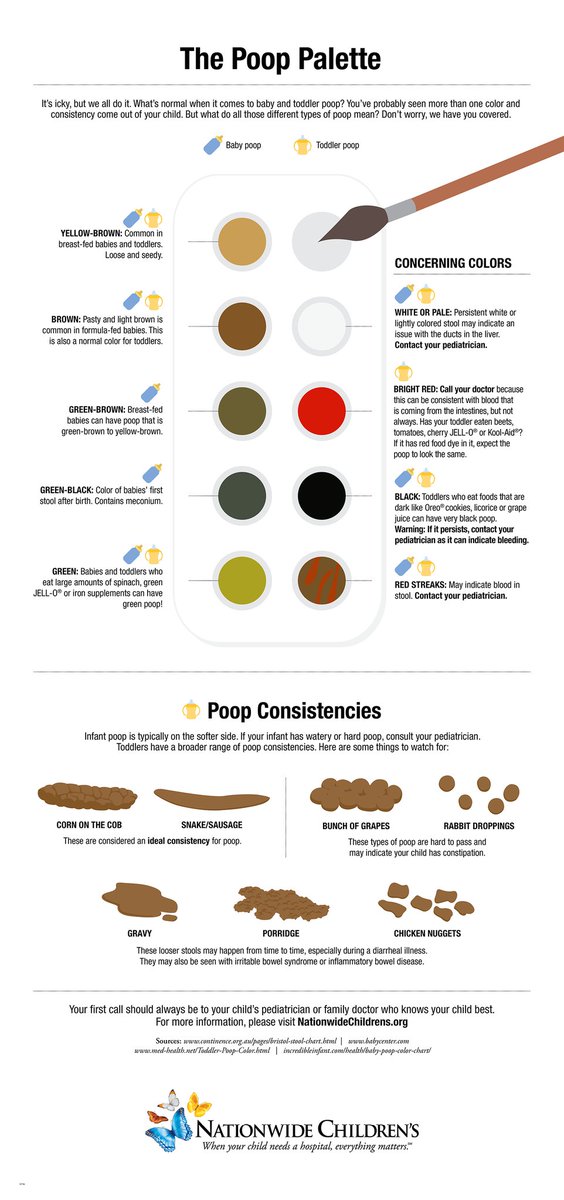 nine0003
nine0003
— Polina Alexandrovna, does the baby's stool differ on breast, mixed and artificial feeding?
— Normally, the stool in children of the first year of life on different diets is different.
- Newborn stool - what is considered normal?
— A newborn — a child of the first 28 days of life — undergoes a restructuring of the body and the transition from intrauterine to extrauterine independent life. And his chair will seem strange and unusual to many mothers - but this is not a pathology. nine0003
Every newborn goes through transitional states, because he begins to receive milk nutrition, proteins and fats enter his intestines. Naturally, the mucous membrane of the gastrointestinal tract adjusts to the new nature of nutrition, and stool disorders may occur. In addition, the intestinal microflora undergoes changes: by the end of the first - the beginning of the second week, the pathogenic flora of the newborn is replaced by normal flora, and bifidobacteria generally begin to play a dominant role. These factors lead to significant changes in the chair, which should not be scared. nine0003
— What determines the shape and type of feces of a newborn and an infant?
- The nature of the stool depends on the characteristics of the child's digestive tract and the nutrition of the nursing mother - the baby may tolerate some foods better or worse.
— Does the regularity of the stool in the first year of life change from month to month?
— The older the child gets, the less frequent bowel movements occur.
— Does the stool change during feeding?
— The baby's stool normally becomes denser with the start of the introduction of complementary foods.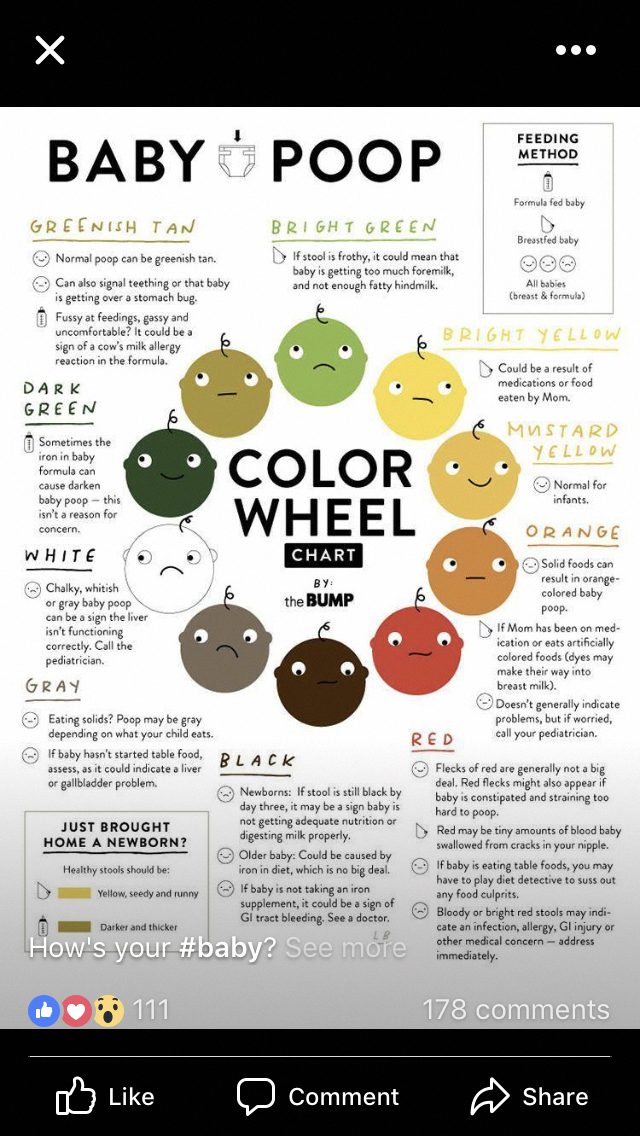 This does not happen immediately - complementary foods are introduced gradually, in microdoses, and when the portion is brought to the age norm, the stool changes its character more clearly. If complementary foods are introduced quickly with large doses, the child's body will not have time to cope with the new food and react with constipation. With intolerance and an allergic reaction, after the introduction of new products, it is possible to thin the stool with the appearance of streaks of blood or mucus - this is an alarm signal that requires a medical examination. For complementary foods, you need to choose foods according to the age of the child, because not everything is suitable for the first acquaintance with new food. nine0003
This does not happen immediately - complementary foods are introduced gradually, in microdoses, and when the portion is brought to the age norm, the stool changes its character more clearly. If complementary foods are introduced quickly with large doses, the child's body will not have time to cope with the new food and react with constipation. With intolerance and an allergic reaction, after the introduction of new products, it is possible to thin the stool with the appearance of streaks of blood or mucus - this is an alarm signal that requires a medical examination. For complementary foods, you need to choose foods according to the age of the child, because not everything is suitable for the first acquaintance with new food. nine0003
— How often should a baby have a bowel movement?
- For a small child who receives only milk nutrition, the stool rate is a floating concept. It is necessary to build on what is normal for a particular child: this applies to the regularity, consistency, and color of the stool.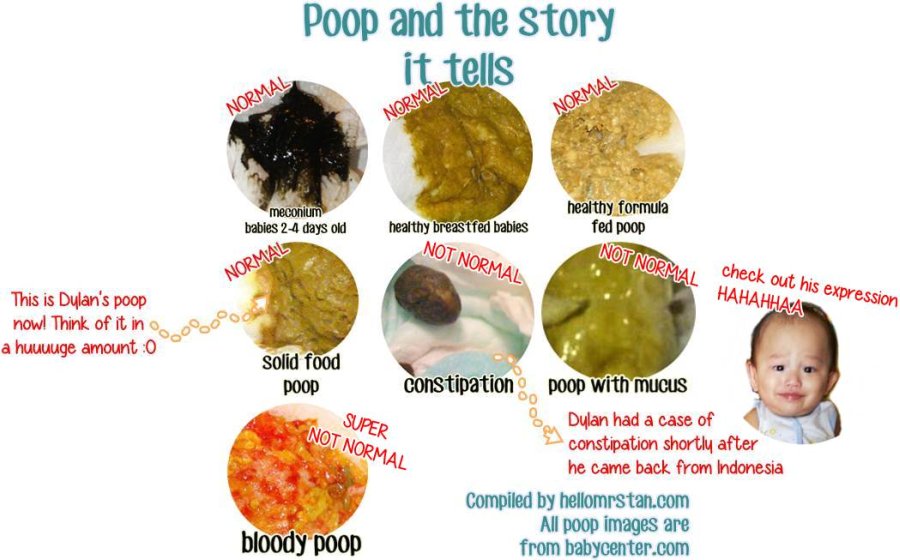
Chair norm
Abnormal chair
Any deviation from the norm and anxiety of the child require examination by a pediatrician to rule out pathology.
The stool norm for a child of the first year of life is quite wide - its color and consistency may be different.